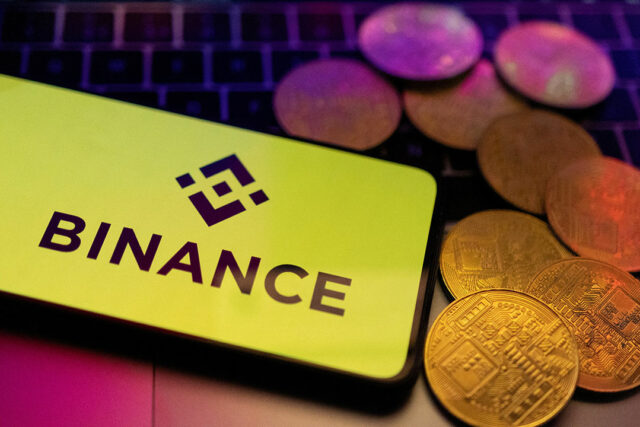GDP likely grew by 6.1% in Q1
PHILIPPINE gross domestic product (GDP) likely grew by 6.1% in the first quarter amid an improvement in government spending, economists said.
“The economy looks set to accelerate in 2024 with first-quarter GDP estimated at 6.1% as infrastructure spending goes into high gear with the National Government (NG), buoyed by official development assistance funding and public-private partnership (PPP) projects (gaining) traction,” First Metro Investment Corp. (FMIC) and the University of Asia and the Pacific (UA&P) said in its latest The Market Call report.
If realized, the 6.1% GDP growth would be slower than the 6.4% logged in the first quarter of 2023, but faster than 5.6% in the fourth quarter.
In 2023, the economy grew by 5.6%, much slower than the 7.6% expansion in 2022 and fell short of the government’s 6-7% target.
“With actual NG spending in 2023 exceeding the program by 2%, we think the administration will start 2024 with a bigger bang compared to 2023,” FMIC and UA&P said.
Last year, the NG’s budget deficit narrowed by 6.32% to P1.51 trillion. Government expenditures went up by 3.42% to P5.34 trillion and exceeded its full-year program by 2.06%.
FMIC and UA&P said the government will have “greater confidence” to spend earlier in the year to support economic growth.
“Infrastructure spending, both government funded and PPP projects, should accelerate in 2024 as NG bids out and awards large undertakings starting with the recent Ninoy Aquino International Airport (NAIA) expansion,” it added.
The government is targeting to sustain infrastructure spending of up to 5-6% of GDP annually.
The Marcos administration is ramping up the implementation of its flagship infrastructure program which comprises of 185 projects worth P9.14 trillion.
Finance Secretary Ralph G. Recto earlier said that there is a need to come up with more “realistic” macroeconomic targets not only for this year but for the medium term.
The Development Budget Coordination Committee (DBCC) has set a 6.5-7.5% GDP growth target for this year.
Mr. Recto said that an “aspirational” target would be 6.5% GDP growth while a more “realistic” goal is 6%.
He also noted that the upper end of this year’s 6.5-7.5% target is “too high.”
Meanwhile, FMIC and UA&P said that inflation may settle within the Bangko Sentral ng Pilipinas’ (BSP) target range this year.
“Inflation should fall within the BSP target of 2-4% for the year as rice and crude oil prices ease, albeit without discounting occasional spikes,” it said.
The BSP expects inflation to average 3.6% this year.
In February, the headline print quickened to 3.4%, the first time it accelerated in five months.
BSP Governor Eli M. Remolona, Jr. has said that inflation could once again pick up to an estimated 3.9% in March due to positive base effects.
“We also don’t see a repeat of the February inflation spike as rice prices abroad had begun to ease while crude oil prices have little upside given the weak China economic recovery and surplus capacity in both OPEC (Organization of the Petroleum Exporting Countries) and non-OPEC countries,” FMIC and UA&P said.
FMIC and UA&P kept its 3.8% average inflation forecast for 2024.
“Although in the first quarter, it may average lower at 3.2%,” it added.
March inflation data will be released on April 5. — Luisa Maria Jacinta C. Jocson












